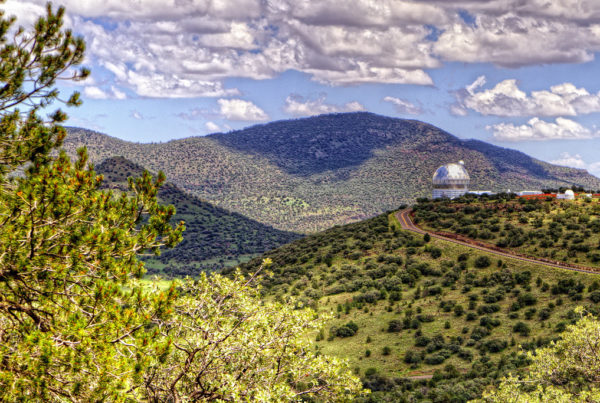It’s been 45 years since astronaut Harrison Schmitt set foot on the moon as part of the Apollo 17 mission – and no one’s done it since.
If the president gets his way, that will change. Earlier this week, President Donald Trump issued a new space policy directive, with the goal of returning humans to the moon. So why go back after such a long absence?
Phil Larson, assistant dean and chief of staff at the University of Colorado Boulder’s College of Engineering and Applied Science, says the absence is easy to explain. The Apollo program was put together for a very specific reason – to beat the Soviets. Going to the moon hasn’t been a top priority since then, but Larson says that over the years, presidents have made announcements similar to the Trump administration’s directive.
“The space community is actually used to these types of announcements. It’s not uncommon for many presidents since JFK to try and recreate that Apollo moment,” he says. “George H.W. Bush had a moon and Mars initiative that never went anywhere. We had the space shuttle, of course, and the accidents, the tragedies that came with it. And George W. Bush then tried a refocusing on the moon, as well, with a big announcement.”
Larson says it’s important to separate announcements from reality when talking about America’s goals in space. That’s why, he says, what he’s excited about are the rocket launches that are currently happening in the U.S.
“We’re in this kind of Wright Brothers moment for commercial space travel, and that commercial space travel is enabling America’s leadership in space,” he says.
Larson says he’ll keep an eye on whether the Trump administration decides to dedicate funding to their space goals.
“What I’ll be looking for is the administration’s budget request,” he says. “What pieces of that are devoted to actually making tangible steps forward with exploring the Moon and Mars and beyond.”
Written by Jen Rice.















